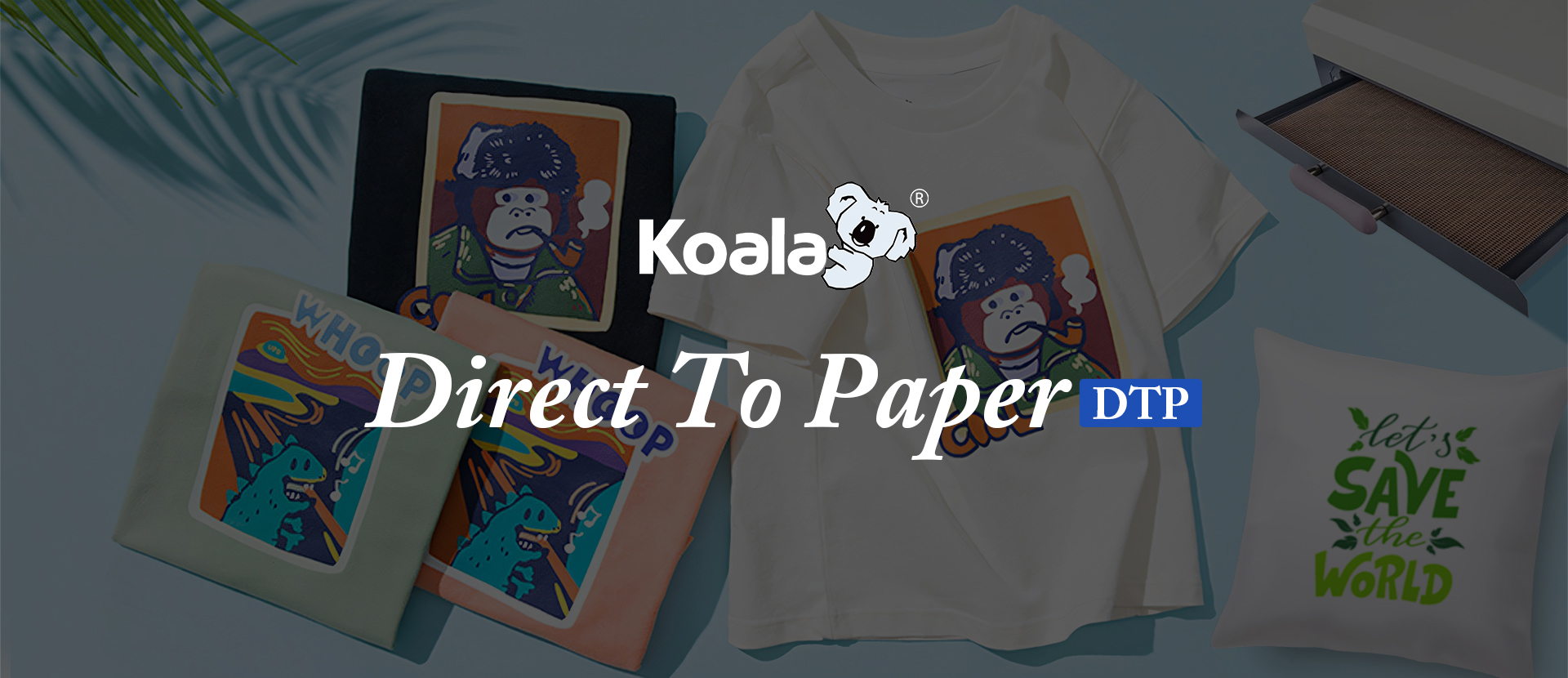
 DTF Transfer Printing
DTF Transfer Printing (Direct To Film)DTF Printing is the hottest and most popular heat transfer printing process. DTF Transfer refers to the technology of printing the design directly onto a special (PET) film, and then transferring it to a fabric or hard substrate using heat transfer. DTF Transfer Printing is an efficient, convenient, environmentally friendly printing method suitable for batch customization (both large and small batches).
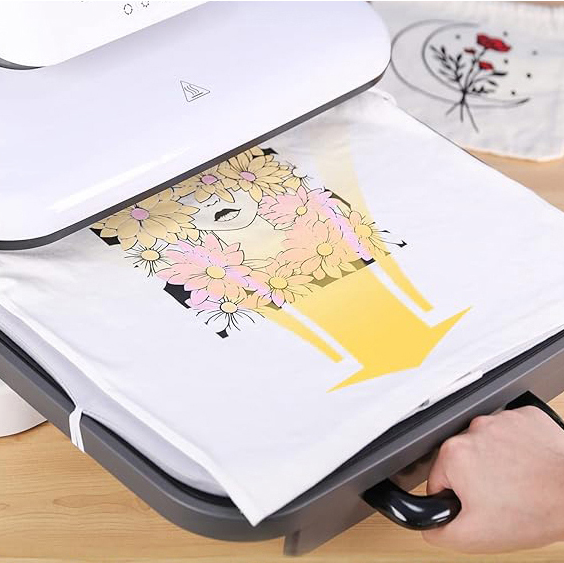
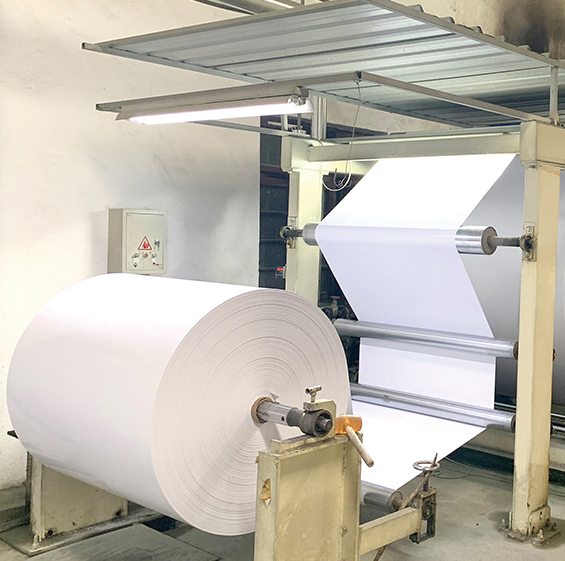
 DTF Supplier
DTF Supplier Koala® is a well-known DTF (Direct To Film) factory/supplier in China. We provide DTF Printing consumables including DTF Transfer Film, DTF Powder, DTF Ink, etc. Our DTF Film does not flow ink or stick to powder. Our DTF Adhesive Powder has enough flexibility. Our DTF Ink can adapt to most DTF Printers on the market.
 Direct To Film/DTF Film
Direct To Film/DTF Film As a DTF Film production factory/manufacturer, DTF Transfer Film is made of PET Film coated with a special coating. Our DTF Film has a large color gamut and high optical density, excellent consistency, so that it can transfer clear and colorful patterns. And for the concept of environmental protection, our DTF Transfer Paper does not contain harmful substances, is anti-static, and is very easy to peel off.
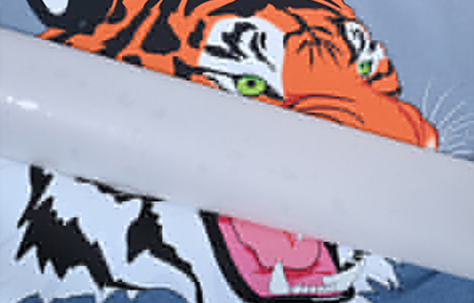
 Direct To Paper/DTP Paper
Direct To Paper/DTP Paper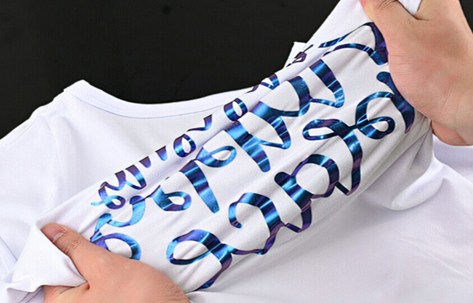
To further strengthen the concept of environmental protection and sustainability, our DTF factory recently found a solution to replace DTF Film, that is Direct To Paper (DTP), which is a printable DTF medium made of paper to replace the original PET film in DTF. DTP Paper has all the advantages of DTF Transfer Film, supports high resolution, and can achieve excellent transfer color effects through neat and precise transfer release. Because our factory uses recyclable paper, it can reduce the use of plastic, making DTF Printing more eco-friendly, and saves production energy consumption. What's more, the surface of the pattern and clothing keeps dry and clean without oiling after baking and transfer.
 Direct To Paper/DTP Specifications
Direct To Paper/DTP Specifications| Index | Performance |
|---|---|
| g/m2 | 88±3 |
| Size tolerance | Sheet size: width±1.5 mm ;length±1.5 mm Roll size: width±2.0 mm ;length±0.5% |
| Thicknss/um | 100-120 |
| Warp(Sheet size) | ≤3 cm |
| Whiteness(Print side) | ≥80 |
| Moisture content/% | 5.0-7.0 |
| Electric resistance | 107-1011Ω |

Applicable to DTF and DTP processes

Various textiles, such as sportswear, children's wear and fashion

Hard substrate
 Direct To Paper/DTP Benefits
Direct To Paper/DTP Benefits Our DTP Paper uses paper as an important substrate, no longer PET Film, so it has a stronger ink absorption ability, making the printed pattern, dots and lines clear and rich in color performance
The special coating of our DTP paper enables hot and warm peeling and has an antistatic effect. No waiting, efficient and fast
DTP Paper is energy-saving, environmentally friendly, and fully recyclable because it is paper, and can also be used on children's clothing
 Direct To Paper/DTP Use advice
Direct To Paper/DTP Use advice| Use advice: | |||
|---|---|---|---|
| Transferring parameters: | Cotton, linen, polyester, and other ordinary fabrics Denim, canvas, and other heavy fabrics Leather | 130~160℃ 190℃. below 100℃. | |
| Pressure: | Apply medium pressure, ranging from 3 to 6kg/cm2 , ensuring a tight press on the patterned parts for optimal results. Avoid pressing over fabric seams, zippers, buttons, and other components. If the pressing surface is uneven, use a foam silicone pad to ensure an even result. | ||
| Transfer time: | about 10~15 seconds | ||
| Adjust specific temperature, time, and pressure settings based on the heat transfer machines, fabric, and hot melt glue powder during the debugging process. | |||
 Direct To Paper/DTP Preserving Environment
Direct To Paper/DTP Preserving Environment Store the product in a cool and dry place with a recommended temperature of 20~25℃ and preferably use it within six months.
Do not unpack the product before use. For unused papers, please seal the packaging with plastics film promptly to prevent moisture.
Suggested environmental conditions for using the product: Temperature: 15~35℃,Air Humidity: 40~65%.
Please conduct printing and transfer tests before mass production.
Direct To Paper/DTP Notes
Arch when printing: The significant difference between DTP and PET film lies in the moisture-absorbing and water-loss properties of their mediums. During printing, if the drying temperature is too high, it can easily lead to paper deformation and arch (the printer heating board can be turned off or reduced when the room temperature is higher than 20 °C).
Wrinkle when absorbing wind: DTP is not as stiff as PET film. It is important to minimize air movement on the printer table during the printing process. Specifically, please ensure to close the air suction equipment on the table when printing is stopped to prevent wrinkling of the DTP surface.
Stick to the powder: When the environmental humidity is high, the DTP is prone to powder adhesion. Users need to dehumidify or slightly heat the front plate before entering the powder-shaking machine. If powder adhesion occurs at the edges of the graphics, the solution is to appropriately shrink the white ink graphics so that the edges of the color graphics are dry without powder.
Peel force: The peel force of DTP is greater than DTF film. Please choose the appropriate peeling speed (cool peel, hot peel, and seconds peel) based on the fabric and the nature of the hot melt adhesive powder.
Transferring temperature and time: The thermal conductivity of DTP is lower than DTF film, so the temperature setting can be slightly lower than DTF film. It is suggested not to apply the same temperature and time as DTF film. Please conduct a test using the same fabric to obtain satisfactory color fastness, and then proceed with production based on the obtained heat transfer temperature and time.
Hot melt powder adsorption quantity: The ink absorption capacity of DTP is higher than that of DTF film. Therefore, when printing DTP, it is generally unnecessary to heat the printer table or the front plate before entering the powder shaking machine. Drying the ink can reduce the adhesion of the hot melt powder, leading to inadequate fabric adhesion and color fastness. (However, it is essential to activate the powder shaking machine plate heating if the environmental temperature is lower than 10 °C or the environmental humidity exceeds 70%. This helps reduce moisture in the ink layer and prevents the occurrence of hot white spots during the heat transfer process.)
*We respect your confidentiality and all information are protected.
 86-025-83313334
86-025-83313334 +8618061881998
+8618061881998 +86 13770966806
+86 13770966806





